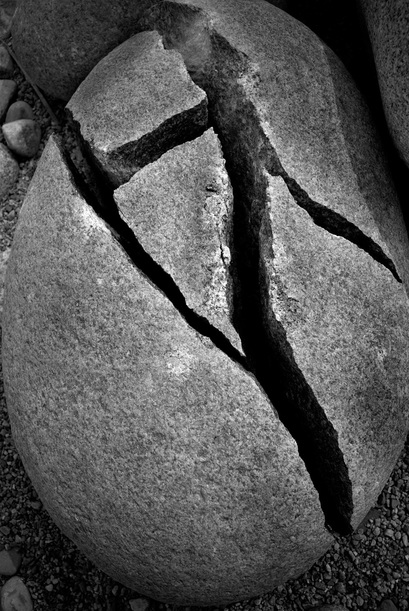
Living Stone: A Community Losing Its Life.
Khaled Hasan | Dhaka, Bangladesh
Organization: www.khaledhasan.com
Photographer: Khaled Hasan
Organization: www.khaledhasan.com
Exhibit Title: Living Stone: A Community Losing Its Life.
Location: Dhaka, Bangladesh
The story that I am photographing is about the hard-working community of Jaflong in the northeastern part of Bangladesh. The Piyain River, which flows from India through Bangladesh, is the main feature of the community, giving it natural beauty. During the monsoon, river currents wash precious rocks and pebbles from India into the Jaflong area. At dawn every day, laborers on more than 100 little boats enter the Piyain River, buckets and spades in hand. It is a trade with a geological limit. The stones that tumble down the riverbed from India are decreasing in volume and the laborers are already taking risks in venturing into the no-man's land along the India-Bangladesh border. More than 10,000 men, women and children work as stone laborers here. Uncontrolled and unstoppable stone extracting and crushing at Jaflong poses a serious threat to public health, and to the environment and agriculture in the area. There is no legal protection or concern about human rights violations in this stone industry.
I always want to document culture with my photographs and tell a story with them as a messenger for the community. My philosophy is that it is essential for the photographer to foster communication and trust with his subjects. Photography has the visual power to educate by allowing us to enter the lives and experiences of others. Through photography, I hope to help society to empathize with the hidden social, political and environmental problems that people suffer. It is important to realize that no documentation will ever be finished. This work informs my identity, which started at one point but has no ending.
More than 3 years of documenting the hard-working community of Jaflong in the northeastern part of Bangladesh, I see many changes happening in their life. After involving modern machineries like cranes, many manual laborers lost their work. Around 10,000 men, women and children work here as stone laborers. The stones that tumble down the riverbed from India are decreasing in volume and laborers are already taking risks in venturing into the no-man's land along the India-Bangladesh border.
The Bangladeshi government has failed to take any action to limit the stone crushing industry at Jaflong, with the resulting high rate of erosion threatening to destroy the adjacent Khasia (indigenous people) villages within the next five years. I recognize their troubles, I saw their hard work and I saw their happy moments as well. So, I want to offer a way to visualize this suffering society and their personal feelings.
Pathshala
Khaled Hasan Photojournalist, Bangladesh. E-mail: khaled_chobi@yahoo.com Cell: +8801716108007, +8801552304576.
Make Comment/View Comments